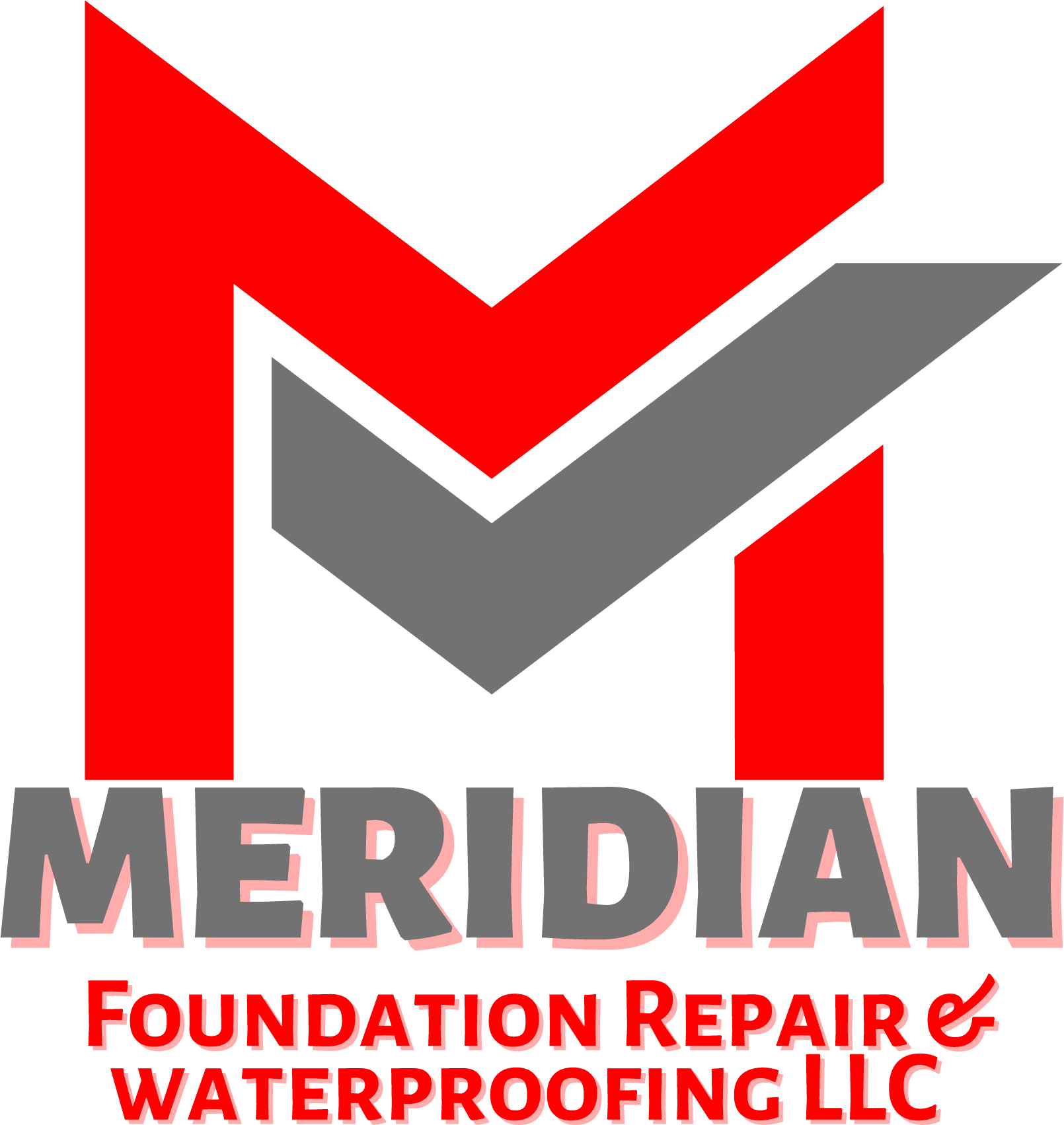If you want to improve your home’s health, energy efficiency, and structural integrity, crawl space encapsulation is a must-do. When done properly, it may prevent an array of difficulties, from mold growth to insect infestations. However, if the encapsulation is done incorrectly, it can lead to expensive repairs and even more issues. To assist you in making smart choices and give your crawl space encapsulation project the best chance of lasting and succeeding, we’ll go through some of the dos and don’ts of the process. Let’s start!
The Do’s
It’s essential to stick to the correct procedures and rules if you want to get the most out of crawl space encapsulation. Here’s what to do about your crawl space encapsulation.
Prepare The Area
It is crucial to check for mold and other moisture issues before beginning the encapsulation process in your crawl space. Inspect carefully, and if mold is found, take the necessary steps to get rid of it. You should also inspect your combustion appliances for carbon monoxide emissions, which may be dangerous if they back-draft into your home.
Close All Openings
Crawl space moisture management relies on a tight seal around every hole. Everything that might allow water to seep in must be sealed, and that includes vents, pipes, floors, walls, siding, fissures, and so on. When a compartment is properly sealed, moisture is not able to enter it.
Choose Appropriate Supplies
When enclosing a crawl space, the materials you use are pivotal. Choose materials that won’t break down easily and won’t attract mildew and moisture. The longevity and effectiveness of your encapsulation depend on the quality of the insulation and vapor barriers used.
Set Up Appropriate Drainage
The key to a dry crawl space is good drainage. Water damage may be avoided by installing a sump pump or drainage system to remove any unwanted water quickly and effectively. If your crawl area frequently becomes flooded or damp, this is an essential step.
Get Expert Advice
Crawl space encapsulation isn’t a job you want to take on yourself, no matter how enticing it may be. Hiring a professional who specializes in crawl space encapsulation is recommended because of the depth of their expertise. By using experts, you can be assured that the encapsulation procedure will go down without a hitch.
Comply With All Applicable Laws
When enclosing a crawl space, be careful to follow all applicable laws and standards in your area. The safety of your house and your future legal protection depend on your following these guidelines.
Upkeep On A schedule
After your crawl space has been encapsulated, you should create a maintenance schedule. Check the sealed area regularly for mold or other moisture problems. Take care of any problems very once to keep the encapsulation functioning properly.
The Dont’s
If you want your encapsulation project to succeed, you need to avoid the typical pitfalls that might undermine your efforts. The most common don’ts are listed below.
Having Insufficient Ventilation
Crawl areas, against popular belief, need air to avoid mold and mildew growth. To successfully battle excess moisture, your encapsulation system should include ventilation mechanisms permitted by the building code or specialist dehumidifiers.
Using Inadequate Components
Crawl space encapsulation is best done with certain materials. Spray foam insulation should be avoided because it traps moisture, promotes mold growth, and increases the expense of repairs. Crawl space-specific components such as vapor barriers, dehumidifiers, and insulation boards should be used instead.
Abandoning Normal Pest Control Procedures
Rodents and insects are common visitors to crawl areas. As you go through the process of enclosing your area, be sure to seal off any potential entry points that may be used by these pests.
Refusing To Address Preexisting Moisture Problems
Crawl space encapsulation is not an answer for preexisting moisture issues. Moisture problems, which are generally caused by external humidity and damp soil, can be solved with proper encapsulation.
Encapsulating Without A Sealed Area
If your crawl space is not properly sealed, encapsulation will not work. It will be counterproductive to the encapsulation process if there are large air gaps that enable outside air to enter the compartment.
Having Neglected To Set Up A Drainage System
Remember that encapsulation does not guarantee that water won’t get in or cause flooding in your basement. Water has to be redirected away from your crawl area, so make sure you build a good drainage system.
Building Floors With Fiberglass
Crawl space insulation should not be made of fiberglass. It has a low R-value because it absorbs moisture and becomes less insulating. The sagging of fiberglass also makes it useless as an encasing material.
Refusing To Recognize The Importance Of Expert Installation
Enclosing a crawl space is a complicated job that should only be attempted by trained experts. Do-it-yourself encapsulation projects include the risk of expensive missteps and exposure to dangers. Experts in the industry can guarantee a flawless installation.
Conclusion
The crawl space is often an overlooked area of a house. About 20% of all new homes in the United States include crawl spaces, and they can be a major health hazard due to the presence of mold and other pollutants. Enclosing your crawl area is the best defense against mold growth and other moisture-related concerns. This service protects the crawl area from moisture by installing a waterproof membrane, sealing the seams, and installing a vapor barrier. To help you save money in the long run, follow the dos and don’ts of crawl space encapsulation.


